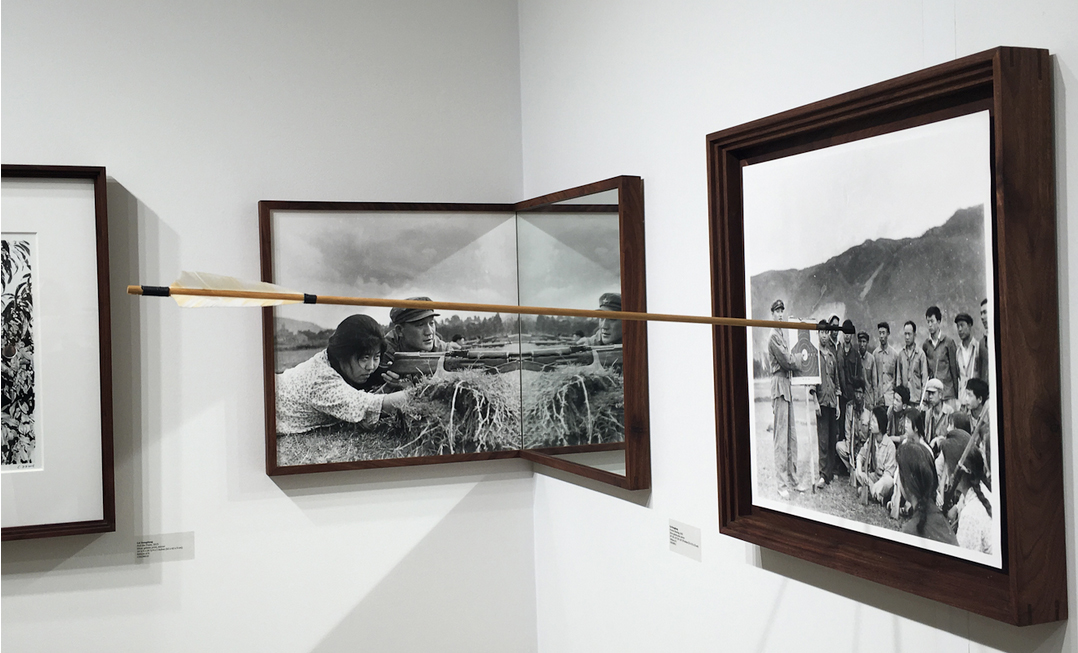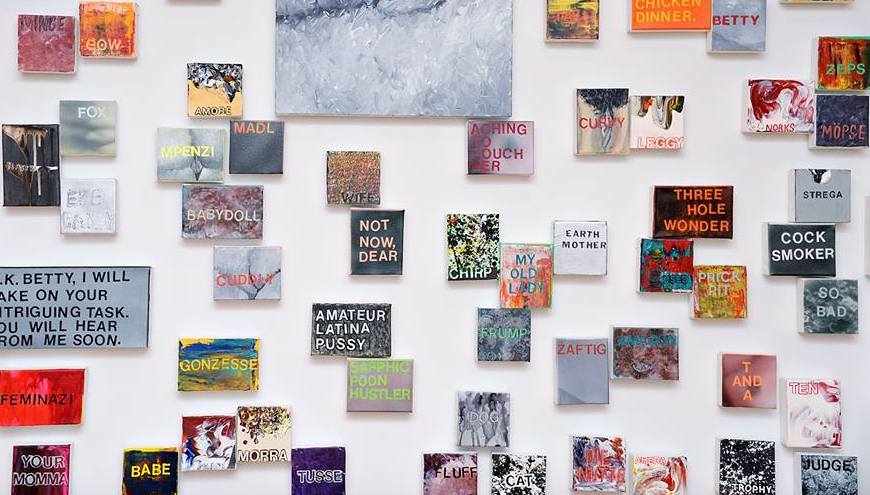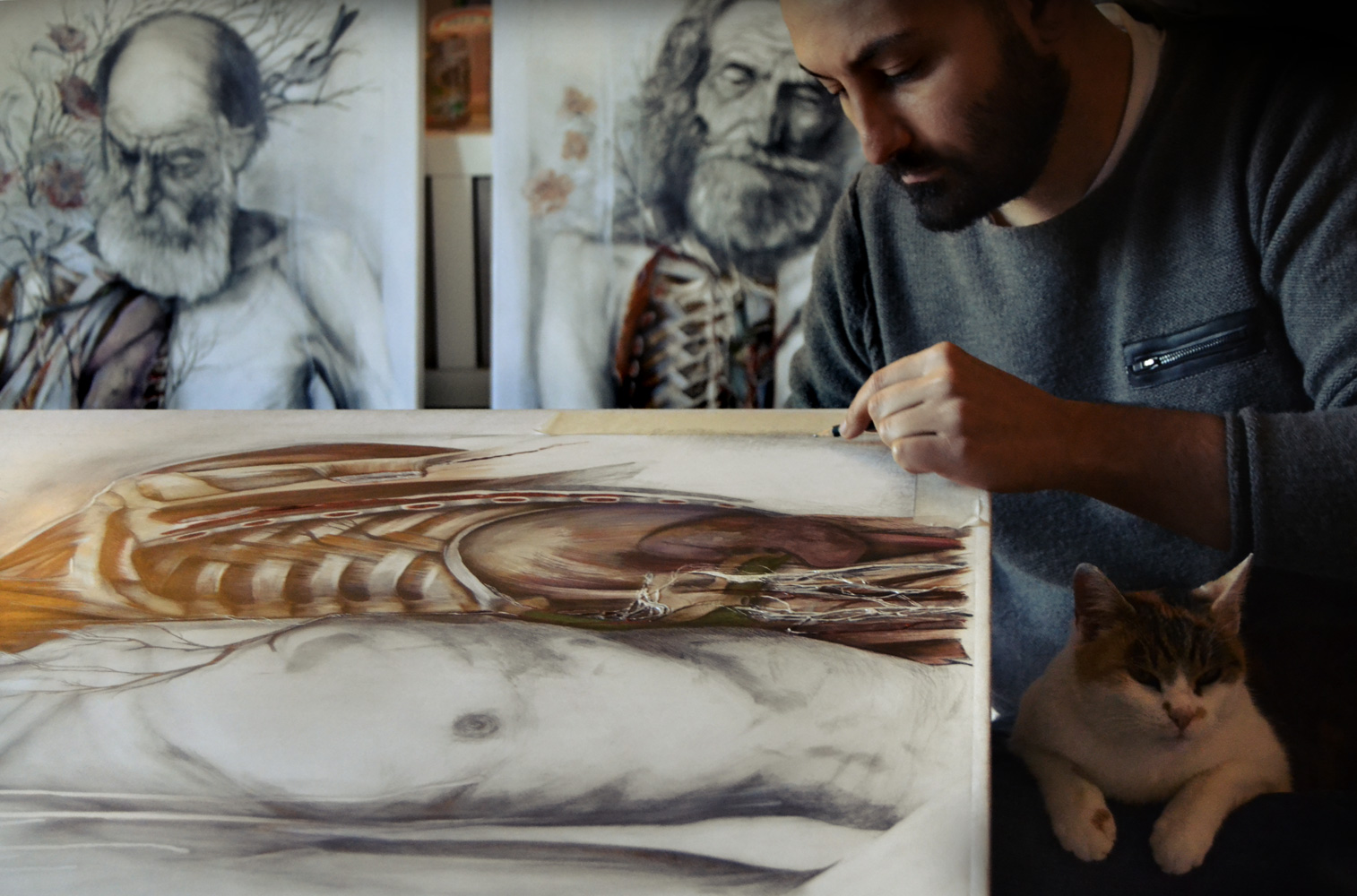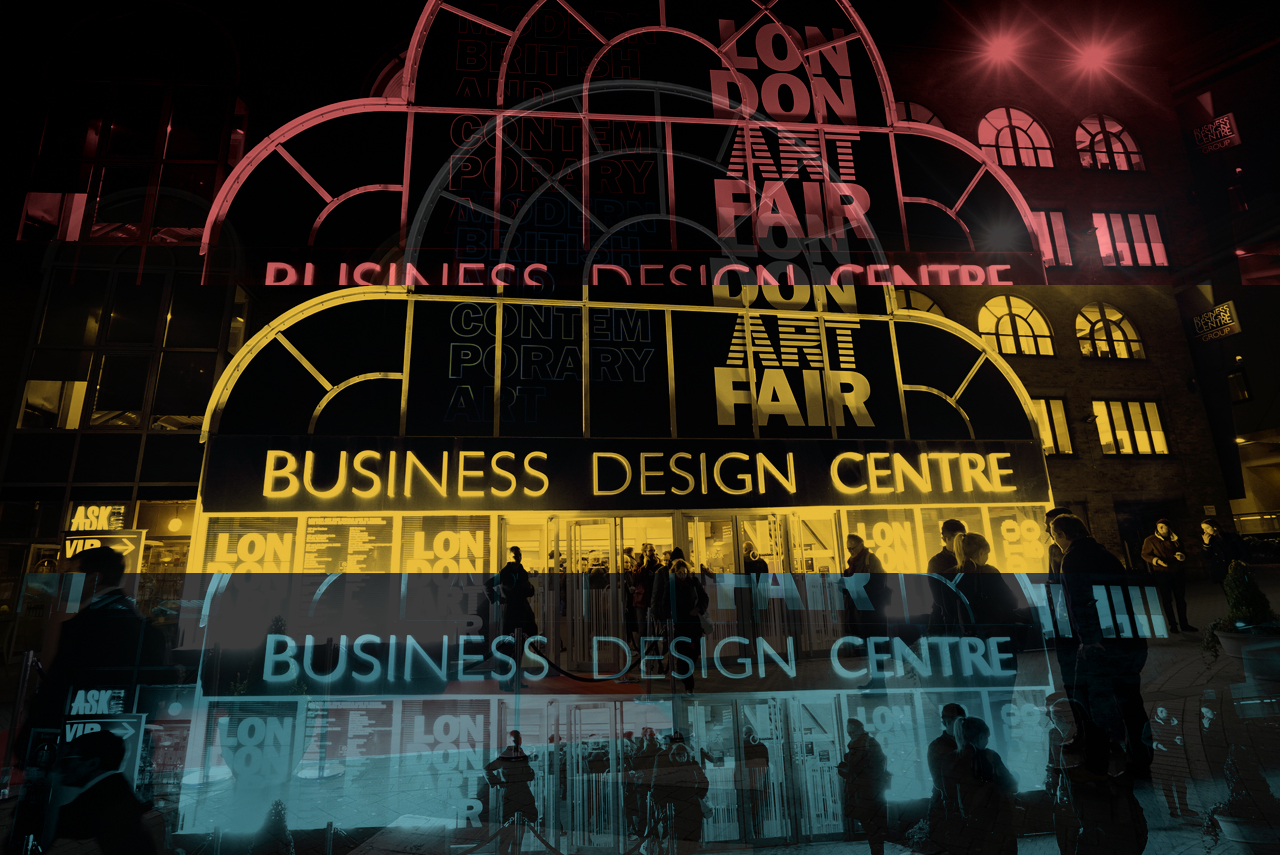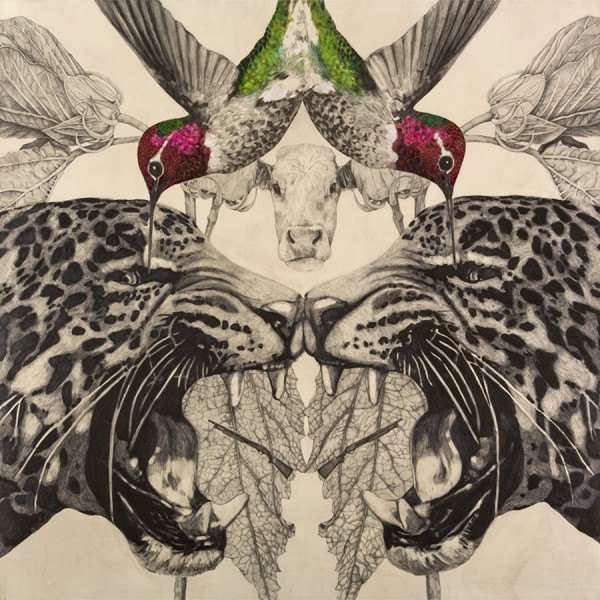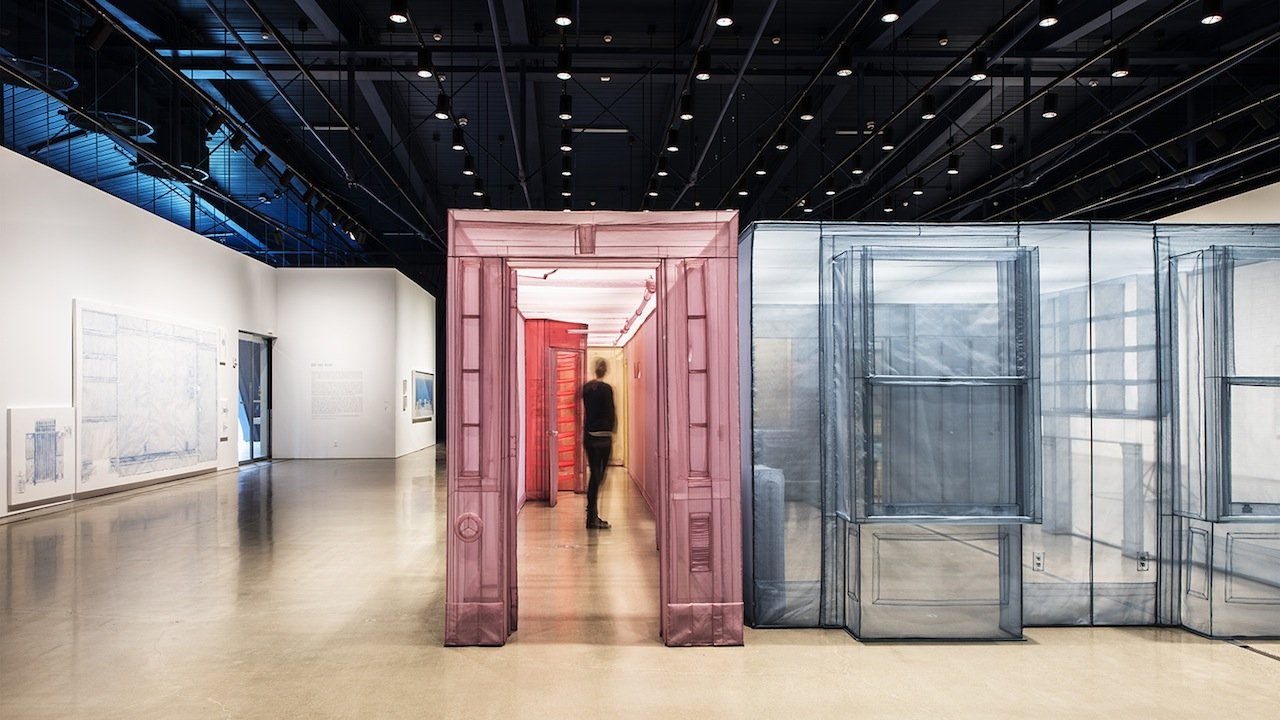
As our lives expand into an age of globalization, the notion of “home” becomes increasingly subjective and open to myriad definitions. In essence, just what does a home mean in our global age? Do Ho Suh takes on this very question in his installation at MOCA Cleveland, a show that is illustrative of Suh’s entire enterprise: explorative of “global identity, space, nomadism, memory, displacement, and the meaning of home.”
Exacting in his memories, Suh recreates the domestic spaces he has lived in: a childhood home in traditional Korean hanokstyle, a house in Rhode Island where he lived as a student, and his current apartment in New York. He constructs these renditions out of monochrome polyester and steel tubes. The result is a mnemonic trigger; they become architectural exoskeletons that speak through translucence. They appear like glimpses of haunting dreams that blend into form and obscurity. Yet their spectral force is pierced by the banality of daily life: tracing the sheer walls, Suh has stitched out replica inspection certificates and left-open power boxes. The effect is like a jolt from a lucid dream.
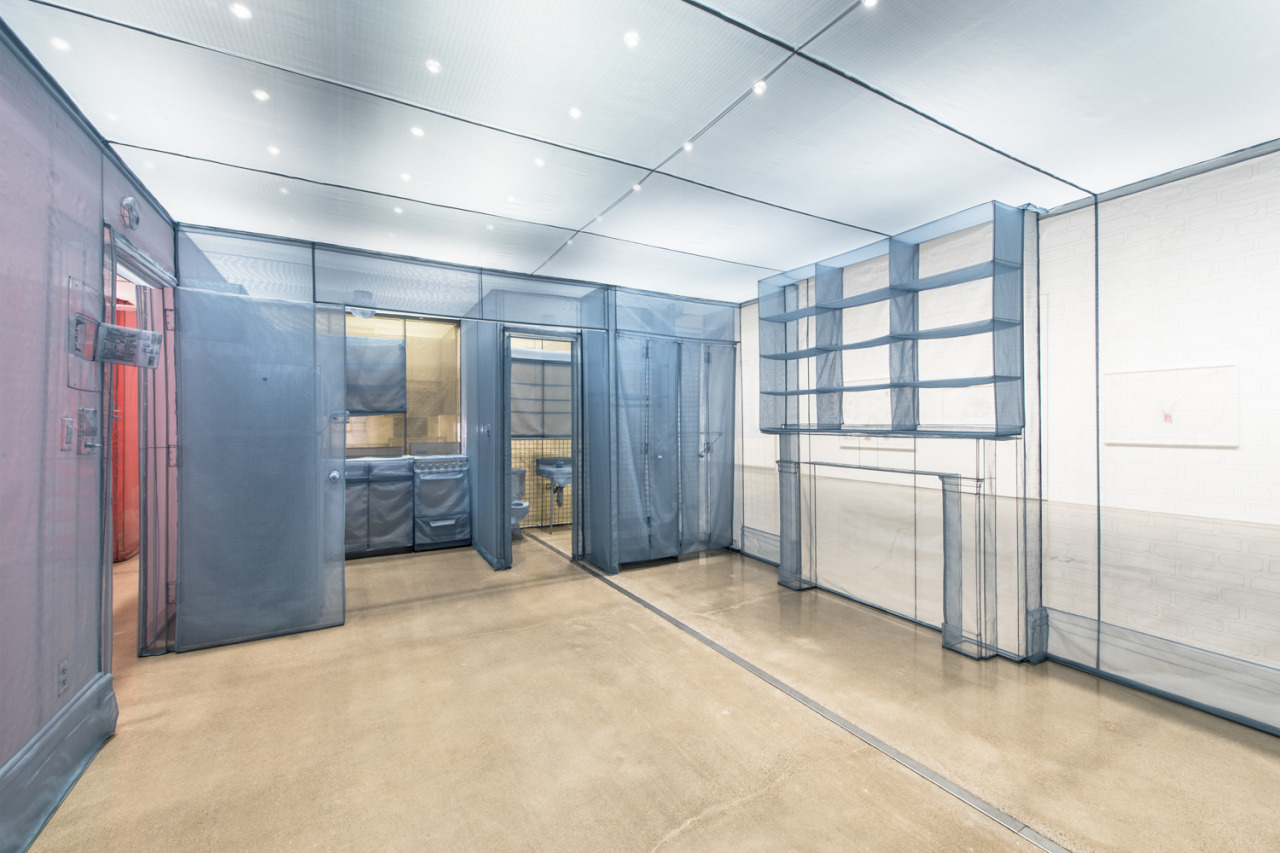
Amidst the museum’s whitewashed walls stand out the filmy beams, ceilings, corridors, and stairs like a holographic architectural drawing. The overall translucency recreates the feeling of vague remembrance, or the heightened nostalgia that occurs when something escapes one’s tenure. Yet the element of nostalgia is not a tender one: the homes are left “broom clean,” bereft of personal keepsakes and furniture. This suggests all living quarters are suspended in a state of architectural latency, as if inhabitation is ephemeral. Suh thus depicts the sense of belonging to one’s home as antediluvian; it is called into question and overturned.
In essence, the installation invites reflection on what it means to live in a space, and the extent to which one can claim ownership of material things. A principal tenant of this is mass production, which Suh illustrates through blatant commercialization of household items. He stitches Phillips brand labels on replica bulbs, the Medeco label on door locks, and the Underwriters Laboratory label on the door of his circuit breaker panels.
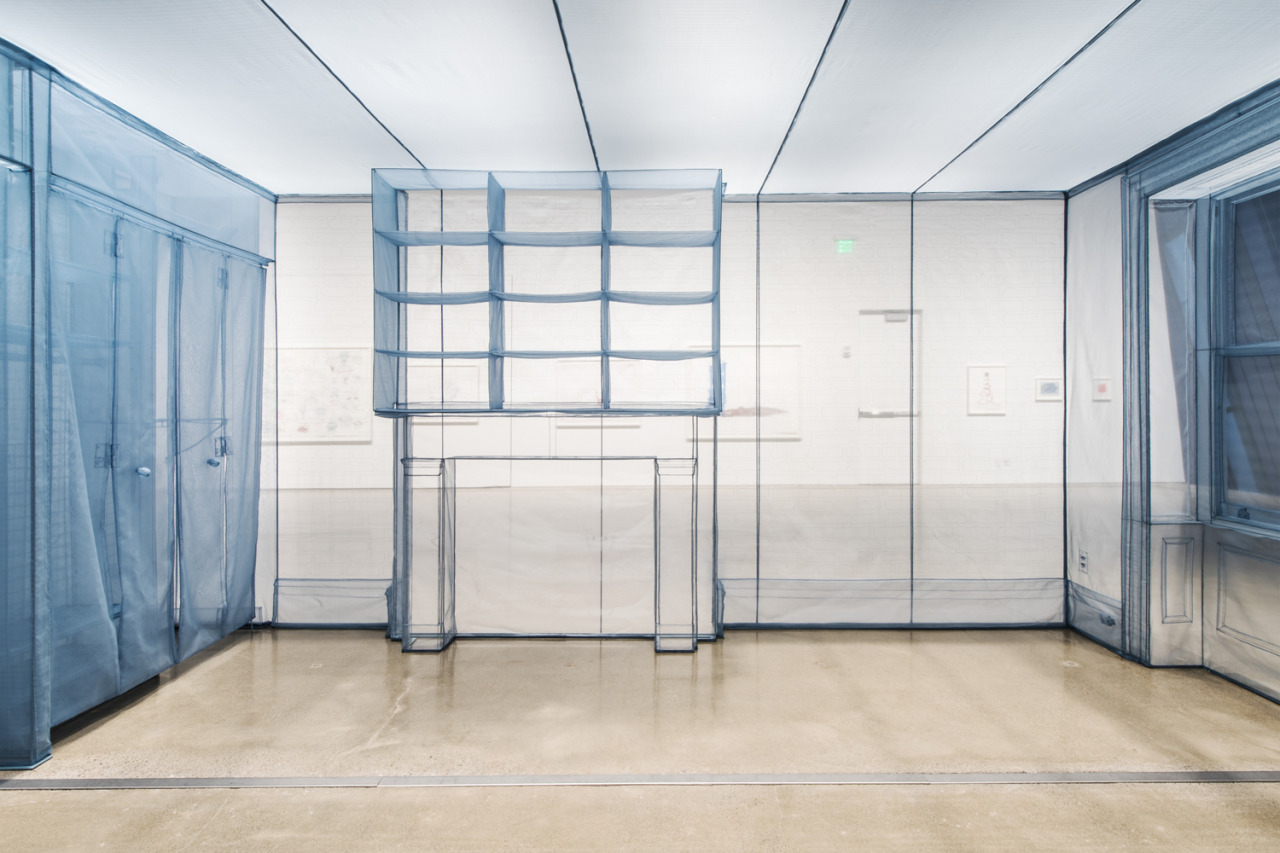
It is like a Nietzschean call to the notion of selfperception, our inability to see the world and its social constructs. Such as, that our sense of home is a concept, a human invention necessitated by our need for security and comfort, nothing more. Going further, Suh illustrates that our sense of belonging, even our identity, is ultimately an empty and fabricated conception – as void as the rooms he reproduces.
Beyond the diaphanous walls of this installation are two more shows. Specimen Series is a collection of household items that echo like an afterthought of his ghostly rooms. Assembling again his essentials – polyester fabric with stainless steel – and display the items in LED lit display cases, Suh transforms forms of common appliances into luminous facsimiles. These radiators, ovens, refrigerators, and bathtubs are Dada-like as they recall Marcel Duchamp’s readymades and Jeff Koons’ Hoover convertibles. Yet despite their conceptual frankness, they remain phantasmal in their encased luster.
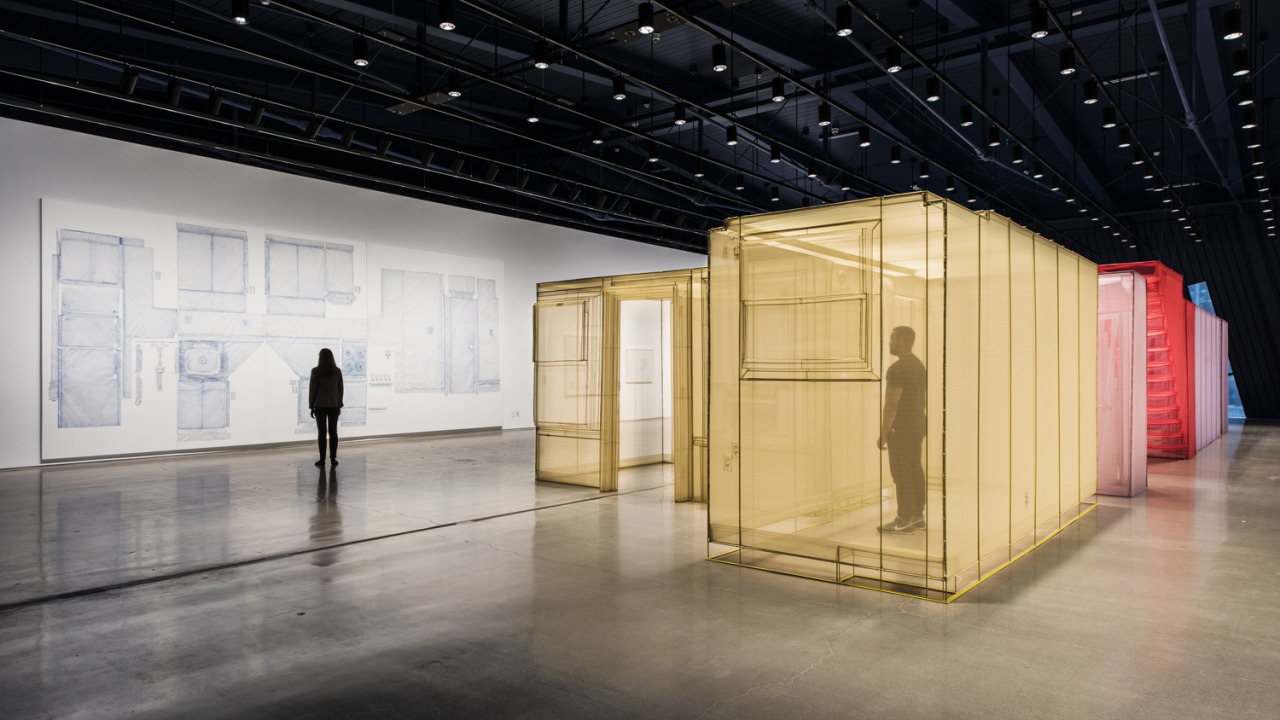
Rubbing/Loving focuses on the dimensions of the interior textures and details of his current apartment in New York. These largescale rubbings, made from walls and appliances and paired with drawings of the same objects, express the artist’s quest for a sense of home. The rubbings are not recreations but copies; the exact indexes of the thing being represented, his state of inhabitants. Clinging to his tenancy and the value he affords it, these rubbings become the twodimensional records of his home that he can always keep with him.
Despite the bare and sardonic adaptation of his homes, Suh remains relentless in capturing the elusion of unconditional belonging. In Suh’s work our understanding of home, and therein our identity, undergo a transmutation from the real to the virtual. We can feel our identity, as it crosses this threshold, escaping us. We are pushed to contextualize our certainties to the oscillations of our changing world. Suh does not answer our most personal investigations; he presents them in stark clarity so that we can find our own tenor of a home along the way.
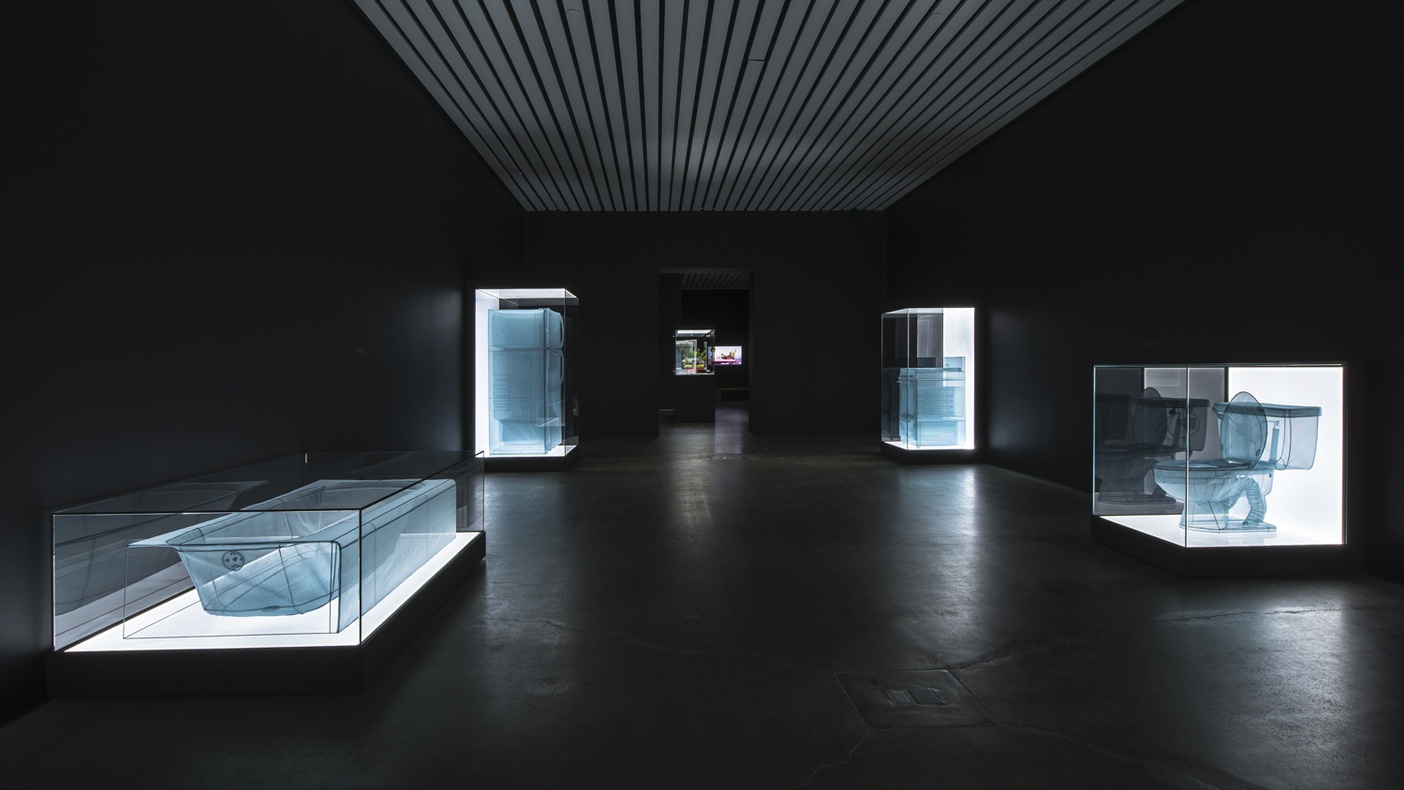
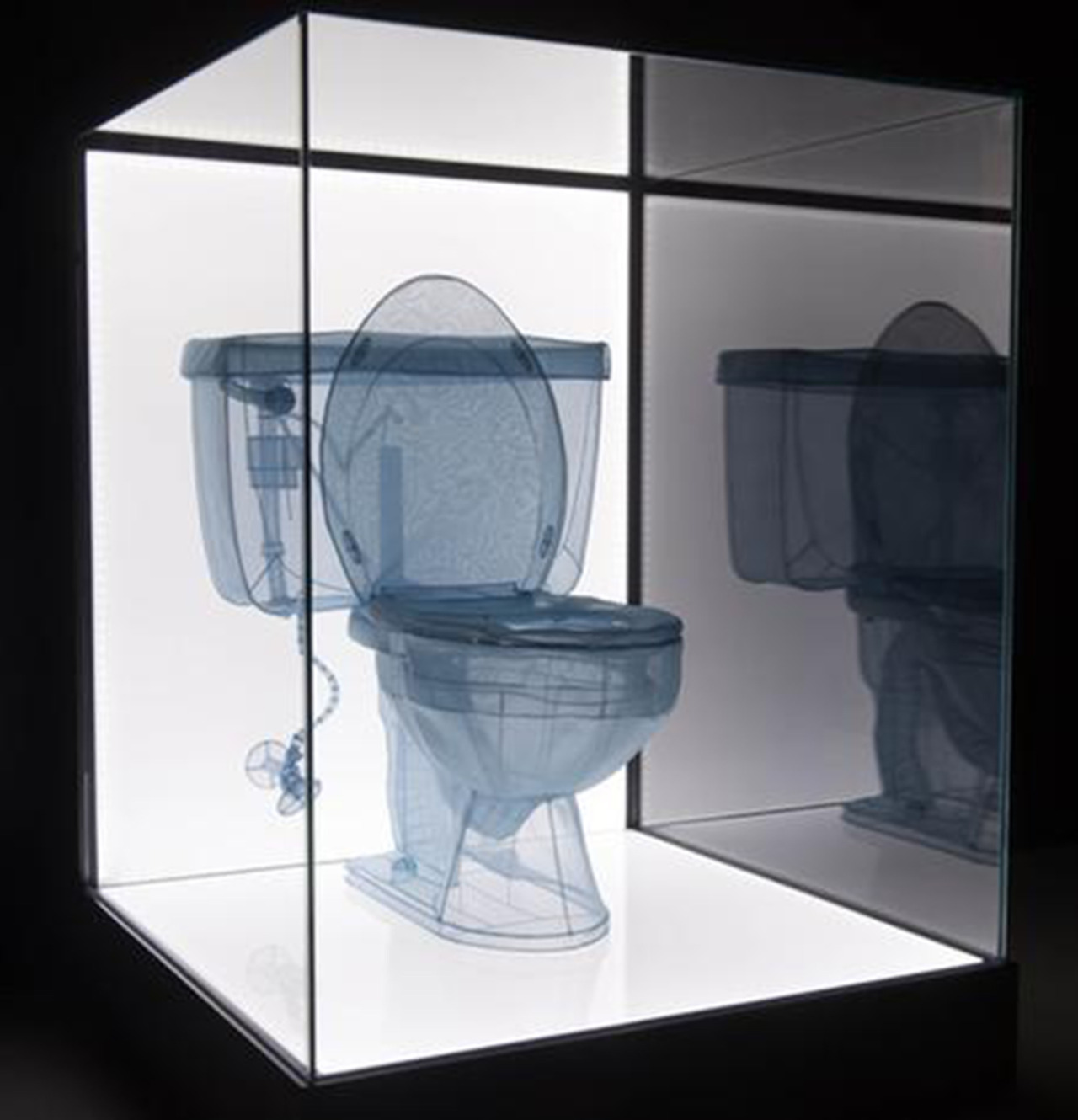
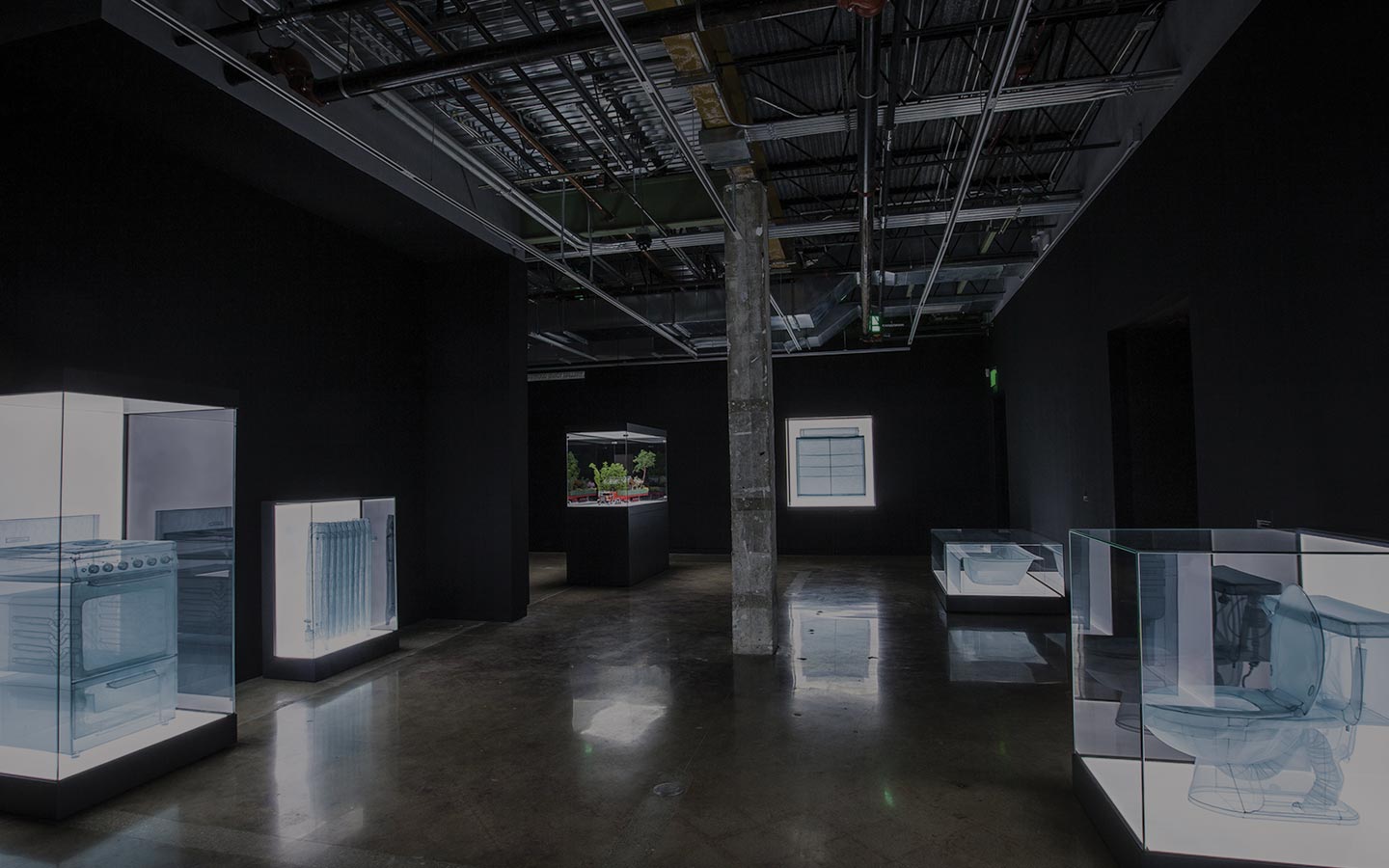
All images courtesy by MOCA.
Like this article? Check out more of our original videos and exclusive interviews with some of today’s most exciting contemporary artists.


